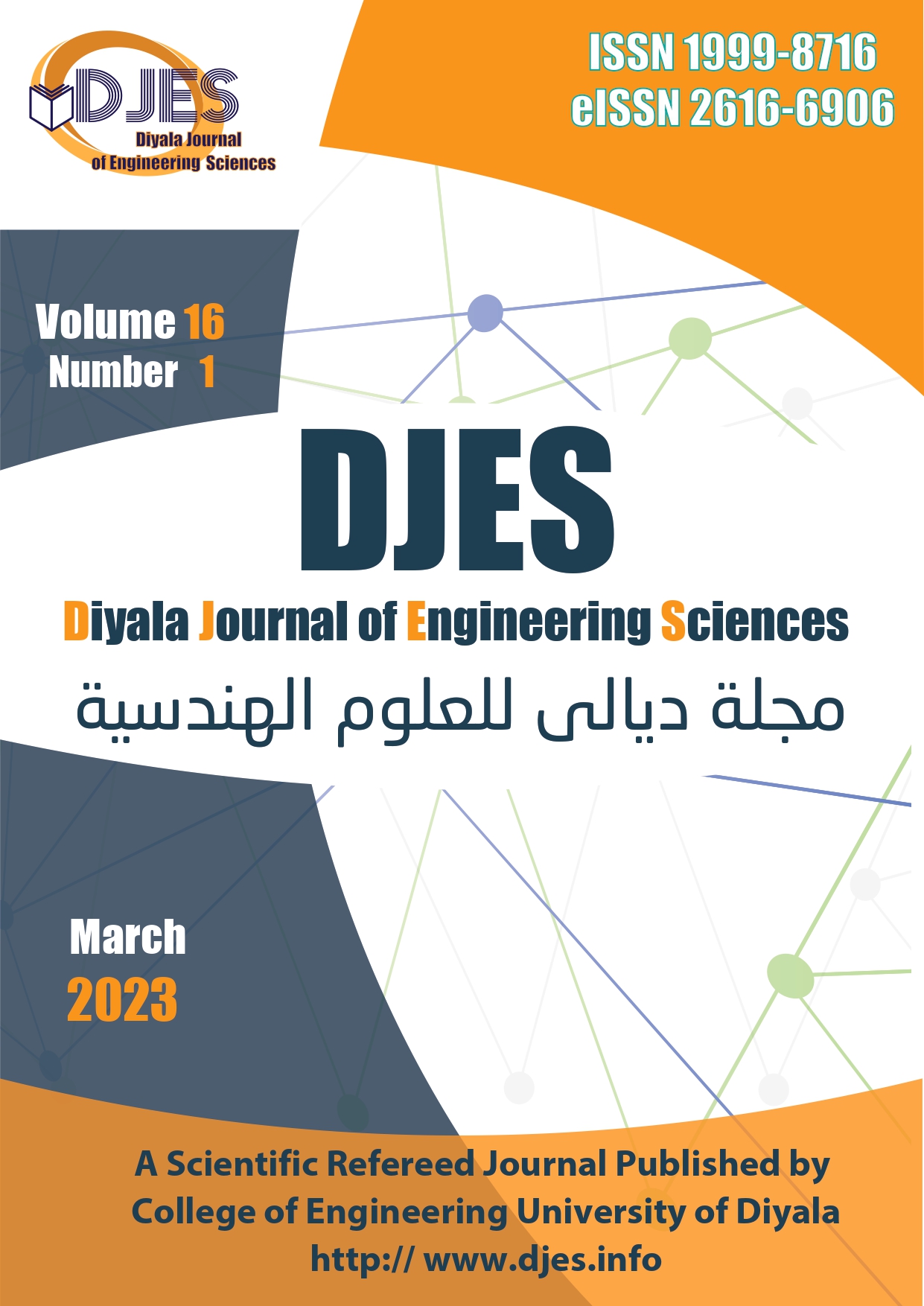Abstract
This paper describes several maximum power point tracking algorithms for partial shading conditions that have detrimental effects on photovoltaic systems. The method used wasa literature review of articles from reputable publishers.Fifty-twoarticles were obtained after meeting the established criteria for selection. The literature review focused on the ability of the maximum power point tracking algorithmsto overcome partial shading conditions in terms of tracking speed, tracking accuracy, efficiency and implementation complexity. Some algorithms wererecommended to be applied for maximum power point tracking,including the single swam algorithm and the perturb and observealgorithm, the enhanced adaptive step size perturb and observe algorithm, the novel adaptable step incremental conductance algorithm, the improved bat algorithm and fuzzy logic controller algorithm and the particle swarm optimisation with one cycle control algorithm. In terms of implementation complexity, these five algorithms are categorised asmedium-complexity algorithms, which can be characterised bylow cost, high efficiency and even 100% high tracking speed and accuracy with a minimum number of sensors used.
Keywords
Accuracy
Cost embedded.
Maximum Power Point Tracking
Partial shading
Speed
